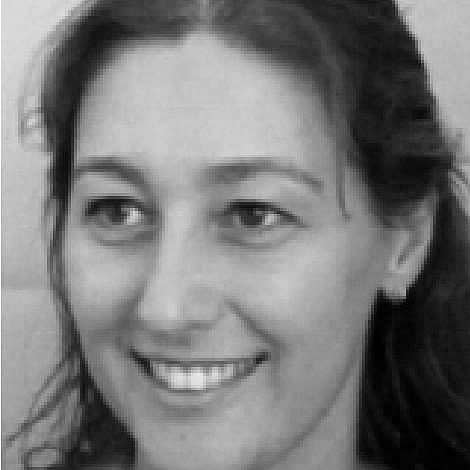The use of human liver scaffolds for stem cell-driven graft engi¬nee-ring
M.M.A. Verstegen, K. van der Heijden, S. van den Hoek, R.W.F. de Bruin, J.N.M Ijzermans, L.J.W. van der Laan, J. de Jonge
Chair(s): dr. Marlies Reinders, LUMC & prof. dr. Robert J. Porte
Thursday 10 march 2016
16:20 - 16:30h
at Theaterzaal
Categories: Best abstracts
Parallel session: Plenaire sessie XV - Top 4 Best abstracts
Background:
As age and obesity of the donor population increases, the number of acceptable donor organs is declining at alarming speed and alternatives are urgently needed. Over the past decade, tissue engineering has offered new strategies for the generation of transplantable organs. One strategy is to use extracellular matrix (ECM) derived from untransplantable organs by the effective removal of all cells. These scaffolds can potentially be reseeded with parenchymal and vascular cells. The aim of this study is to develop transplantable human liver matrices, constructed by recellularization of human liver scaffolds with endothelial cells and stem cell-derived hepatic organoids.
Methods:
104 human umbilical vein endothelial cells (HUVEC) were seeded in uniform sections (Ø8 mm, 250 µm thick) of human liver ECM for five days at 37˚C in a 48-well plate in HUVEC culture medium. Every day, for 5 days, sections were harvested, fixed in 4% paraformaldehyde and embedded in paraffin. Immunohistochemistry was done using the endothelial markers vimentin and Factor 8/von Willebrand Factor (vWF).
Results:
Previously we have developed an effective method for decellularization of human liver grafts, completely removing all cellular and nuclear material. Extensive analysis revealed that the ECM is perfectly preserved during this process and basal membranes remain intact. Only traces of remnant DNA and no proteins related to HLA molecules were detected, ensuring absence of allo-reactivity when used for transplantation. The first step in the recellularization process is re-paving the vascular walls of the matrix with endothelial cells. Uniform endothelial cell coverage of the vascular tree permits blood flow in the scaffold and prevents thrombosis when transplanted. Immunohistochemistry revealed vimentins and F8/vWF positive cells from day 1 onwards, demonstrating the settlement of HUVECS and re-endothelialization of the vascular walls in the ECM. In an upscaling experiment, a decellularized segment 2/3 human liver graft was recellularized with 4x108 human HUVEC using continuous oxygenated perfusion. After 3 days, a re-establishment of the endothelial lining was demonstrated, providing proof of concept for perfusion re-endothelialization of decellularized liver matrices.
Conclusion:
This study shows that recellularization of human liver scaffolds with endothelial cells is feasible and can be applied for graft engineering.

